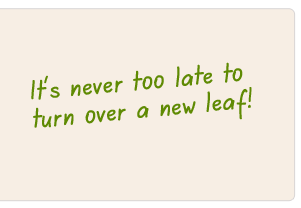Minimalism
 It’s March!
It’s March!
I know most of you have been thinking that spring is just around the corner. The snow and strong wind outside today are telling me the opposite! Remember, “Good things come to those who wait.”
On the weekend I purchased a new computer. It was time. The faster speed is wonderful! The learning curve figuring out how to do things differently and things not working as expected is not so much fun. I’ll figure it out one way or the other. In a few months, I know it won’t seem so difficult.
This week started off on a sad note when I learned of the unexpected death of a client. She wanted to make sure she had things in good shape. Unfortunately, she wasn’t able to make that happen. I will remember her great smile and congenial personality.
As you age, most people come to the realization that material possessions don’t make you happy. Often they start sorting through their belongings, so their chidren won’t have that onerous task in the future.
MINIMALISM
Minimalism is one of the latest buzz words. What or how much do you know about minimalism?
Dictionary.com defines minimalism as “design or style in which the simplest and fewest elements are used to create the maximum effect.”
I saw the Minimalist documentary twice last fall. Each time I watched it, I learned more. The Minimalists, Joshua Fields Millburn and Ryan Nicodemus, help people live meaningful lives with less. “Minimalism is a tool that can assist you in finding freedom.” Your ideas about material possessions will be challenged in ways you can’t imagine.
While the minimalist lifestyle may seem extreme, there are steps everyone can take. People are starting to embrace the concept of minimalism in ways that make them comfortable.
Joshua Becker of becomingminimalist tells us:
- There are 300,000 items in the average American home (LA Times).
- $1.2 trillion is spent annually on nonessential goods—in other words, items they do not need (The Wall Street Journal).
- Some reports indicate we consume twice as many material goods today as we did 50 years ago (The Story of Stuff).
After reading these statistics, all I can say is “WOW!” In some ways, it’s hard to believe. In other ways, it’s not. Do you think that more is better?
We’ll discuss Minimalism more in a future issue. If you have young children, check out SimpleFamilies.com’s Getting Started with Toy Minimalism. After all, children receive toys all year–not just during the holidays.
Think about the enormity of these statistics:
- British research found that the average 10-year-old owns 238 toys but plays with just 12 daily (The Telegraph).
- 3.1% of the world’s children live in America, but they own 40% of the toys consumed globally (UCLA).
Consider the benefits of living a minimalist lifestyle.
Get started and turn over another leaf!
Until next month,
![]()



Connect with us Online